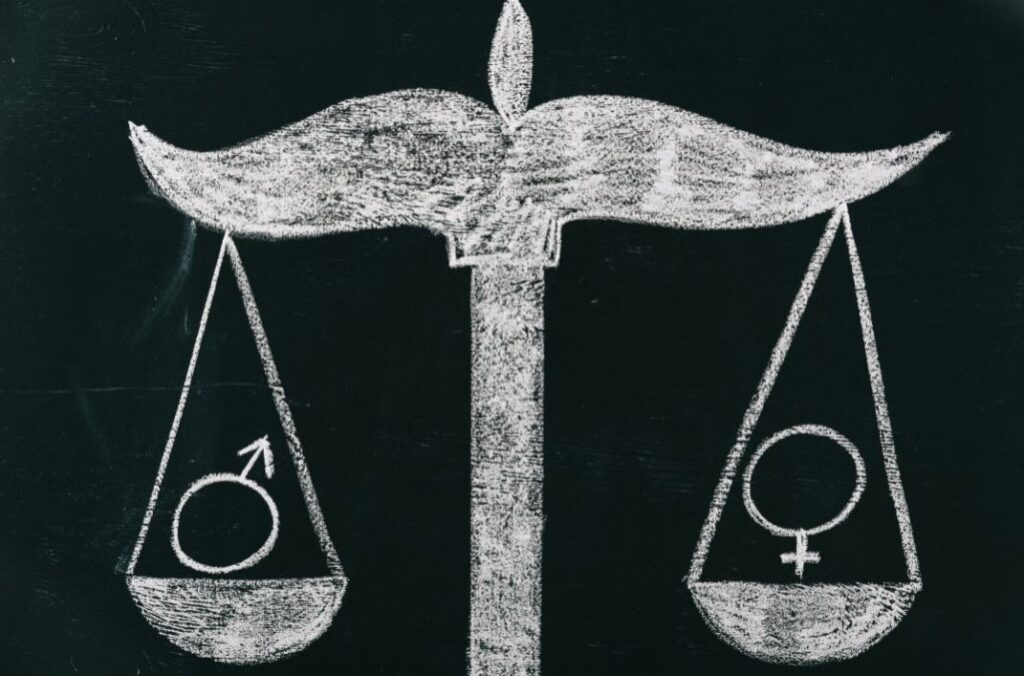
Gender equity in organisations is not just a “nice-to-have” or a moral obligation; it is a strategic imperative that benefits organisations, employees, and society as a whole. By prioritising gender equity, organisations can unlock their full potential, enhance their reputations, foster innovation, and contribute to a more just and inclusive world.
These are five ways your organisation reach gender parity.
1. Be Gender-Sensitive in All Projects and Work Areas
Be gender sensitive in all organisational projects and activities by recognising and addressing gender-specific needs and perspectives. Prioritising gender awareness helps create inclusive environments that consider the unique challenges and opportunities faced by people of all genders.
2. Be Responsive to Gender Inequalities
Actively respond to any gender-based inequalities identified within your organisation or projects. This involves taking proactive steps to address and mitigate issues where gender imbalances are observed, fostering a more equitable work culture that encourages participation and opportunity for all genders.
3. Aim for Transformative Change
Go beyond addressing immediate gender imbalances to instigate transformative change. Tackle the roots of unequal gender norms, relations, and stereotypes within your organisation’s culture and practices. This approach ensures that changes aren’t merely surface-level but challenge and shift underlying beliefs and behaviours that perpetuate inequality.
4. Adopt an Intersectional Approach to Gender and Social Inclusion
Recognise that gender intersects with other social factors, such as race, age, and disability, influencing individuals’ experiences in unique ways. An intersectional approach enables organisations to be inclusive and sensitive to these varied identities, promoting justice not only across gender lines but also for those facing additional layers of discrimination.
5. Implement Monitoring and Evaluation
To maintain progress, integrate monitoring and evaluation mechanisms that specifically track gender-related outcomes. Establish gender-disaggregated data collection, and use specific indicators to assess gender justice and inclusion. Regularly reviewing these metrics will ensure that your organisation remains accountable and continually improves its gender mainstreaming practices.
